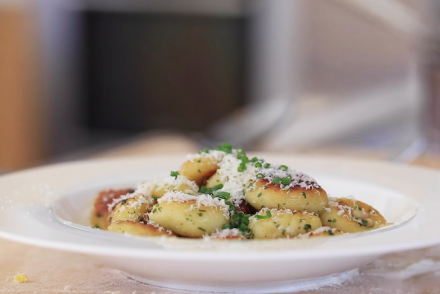
Salty and sweet is just flat out good, but why?
We all know that taste buds allow us to taste (it’s in the name, after all). But what you may not know is that each taste bud contains 50 to 100 taste cells, which are actually what do the tasting. Each of these cells responds to a different flavor: sweet, salty, sour, bitter, or umami. We perceive taste (let’s use sweet as an example) when sugar and a sweet receptor protein interact, causing the sweet cell to become excited and send a signal to the brain, which then registers the flavor as sweet. This is a process that scientists have known for a long time. But recently the process has been further complicated by what researchers have found out about certain sweetness receptors. A study, published in Proceedings of the National Academy of Sciences, found that certain sugar receptors that were thought only to exist in the gut were spotted on sweet taste cells on the tongue. Researchers, led by Dr. Robert Margolskee, of the Monell Chemical Sense Center, found the SGLT1 receptor — which transports sugars into cells only when sodium is present — on sweet taste cells on the tongues of mice. This could explain why sweetness is accentuated by salt — the receptors are activated when salt accompanies sugar.
So there you have it. The next time you enjoy caramel corn, you’ll know what to thank: good old SGLT1 receptor. Read the full article….
-Article credit: Justine Sterling




A wonderful job. Super helpful infaomrtion.